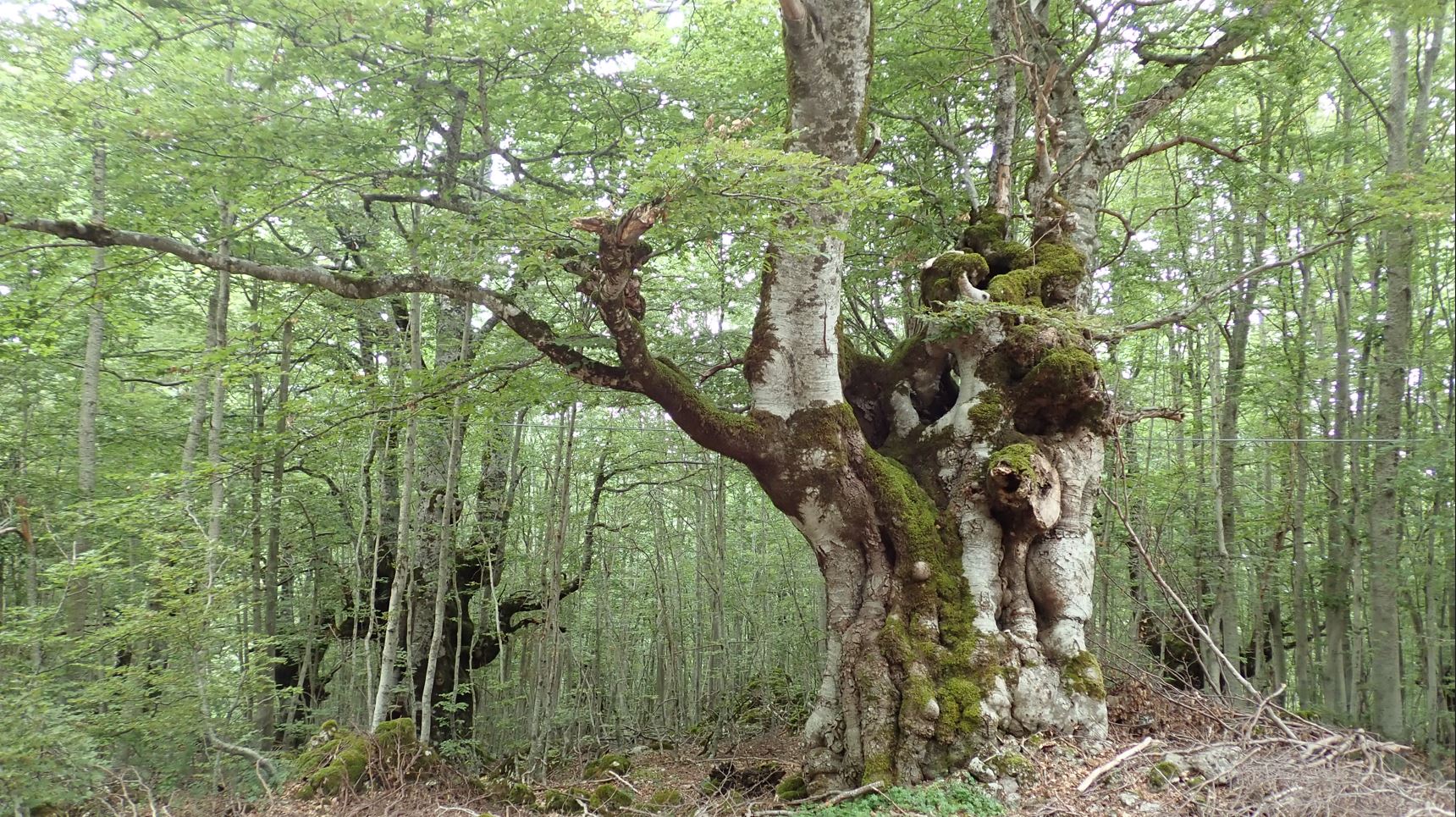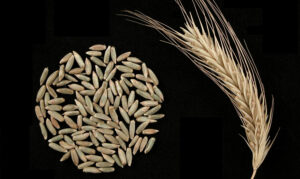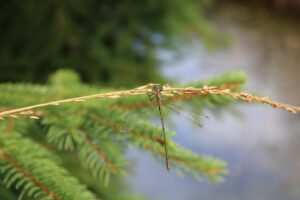A large part of the biodiversity of a forest consists of species that live “under the bark” of old or decaying trees, the so-called “saproxylic” species. These are organisms that, for at least part of their life cycle, are inextricably linked to the dead wood, which is fundamental for the functioning of the ecosystem and that is found in natural forests or in forests that are not used exclusively for economic purposes. Within this community there is a great diversity of organisms, including bacteria, fungi, arthropods and vertebrates, with insects dominating. The study of the insect fauna is therefore of great importance in understanding the health of a forest and the changes that occur in response to human-induced disturbances. This is evidenced by the fact that most of the protected insect species in Europe are saproxylic beetles.
The Colloquium will provide an overview of the natural history of deadwood organisms, their role in the ecological network, and the most important aspects of conservation and monitoring. It will also present the CREA laboratory’s current research on the conservation of functional biodiversity in forest ecosystems, focusing on the study of communities or individual species of conservation concern. This research also utilizes active citizen participation through an innovative approach known as “citizen science”.
The Laboratory for the Protection of Functional Biodiversity in Forest Ecosystems at CREA is concerned with the study and conservation of forest biodiversity with particular reference to entomofauna. The laboratory is currently engaged in research conducted under the National Biodiversity Future Center/Spoke 3 (PNRR) in different forest environments in Central Italy and with ecological and conservationist purposes. The Laboratory actively collaborates with the network of State Reserves of the Carabinieri’s Biodiversity Regiment. Alessandro Campanaro, first researcher and zoologist, coordinates the laboratory, has experience in forest biodiversity monitoring, saproxylic insect ecology and conservation biology applied to Natura 2000 sites, in long-term ecological research networks, citizen science and planning. Silvia Gisondi, researcher, entomologist, has experience in taxonomy, monitoring of protected insect species, analysis of conservation measures in the Natura 2000 Network, and public engagement and citizen science. Alice Lenzi, technical research associate and doctoral student at the University of Siena, entomologist, has experience in taxonomy, community studies, identification of conservation measures in Natura 2000 sites, science communication and citizen science.
The colloquium will take place at 6 p.m. Wednesday, November 8th, at the Museum of Nature South Tyrol in Italian language. Admission is free. Online registration is required.
The event can also be followed online on the Museum’s YouTube channel.



